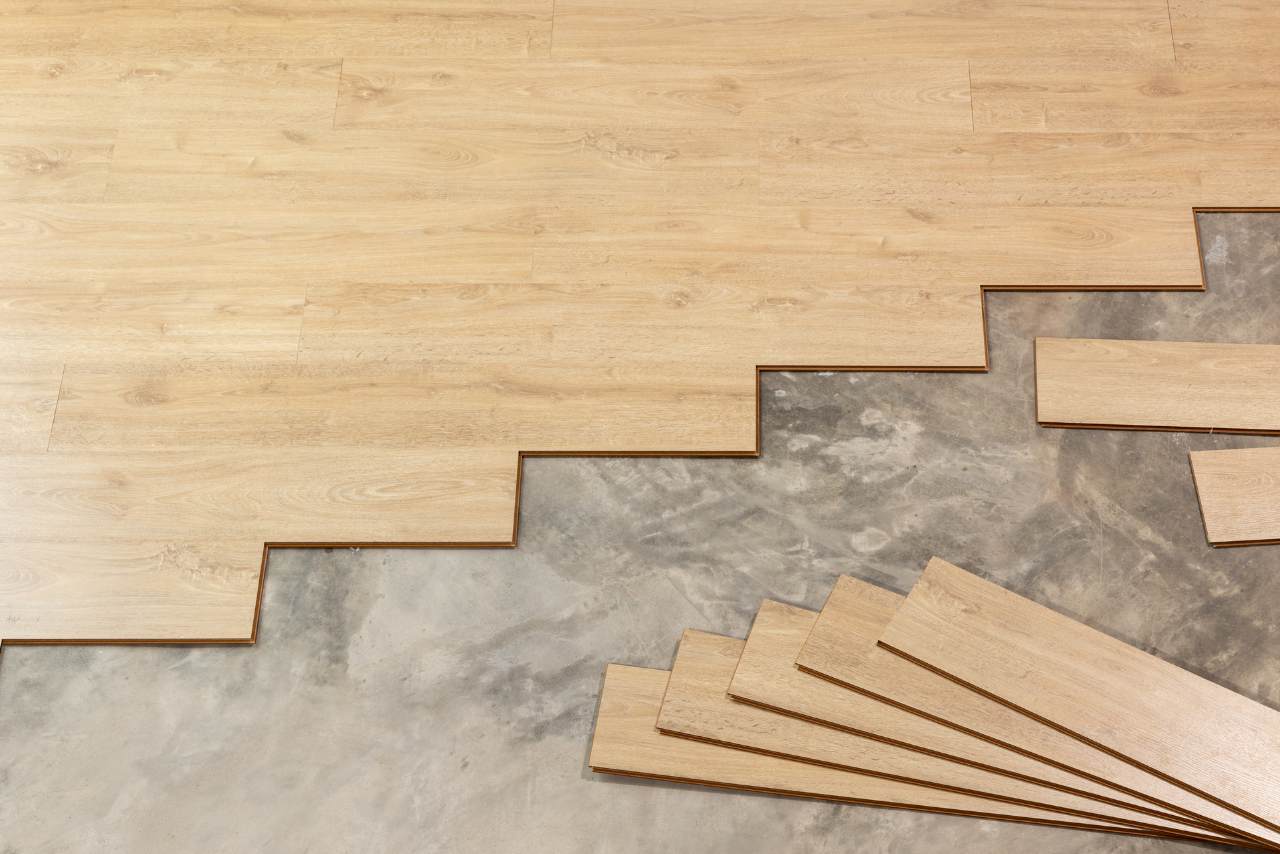
There is a term we often hear in the furniture, interior design, and building materials industry: HPL, or High Pressure Laminate. This material stands out for its durability, aesthetic appearance, and wide range of applications. However, questions such as “What is HPL?”, “What is HPL laminate?”, and “On which surfaces is it used?” often go unanswered with sufficient clarity.
In this article, we will explain all the details you are curious about, from the production process of HPL to its technical specifications, differences from CPL, and selection criteria, in simple terms. I am providing comprehensive and up-to-date content to help you make professional decisions based on material knowledge.
High Pressure Laminat (HPL) Nedir?
HPL, or High Pressure Laminate, is a dense and durable surface coating material obtained by compressing layers of paper reinforced with special resins under high heat and pressure.
To simplify the question “What is HPL laminate?”, we can explain it as follows: This material is a high-performance coating solution that meets both aesthetic and technical requirements, particularly used in areas such as tables, countertops, cabinet doors, doors, and facade panels.
Today, in interior design, industrial applications, and commercial projects, HPL delivers results that exceed standards in both appearance and durability.
How is High Pressure Laminate (HPL) Produced?
HPL production requires a special process involving both chemical and physical processes. The following steps outline this process:
- Decorative papaer and kraft paper layers are impregnated with special resins(melamine and phenolic resins).
- Layers are stacked on top of each other in a specific order.
- Its is pressed at a temperature between 150°C and 170°C and a high pressure of around 90-100 bar.
- This process result in a compact, hard, moisture-and heat resistant sheet.
This high-pressure production technique ensures that HPL not only offers surface durability but also long-term use advantages.
Where is High Pressure Laminate (HPL) Used?
The most notable feature of HPL is its versatility. It is particularly preferred in the following areas:
●Kitchen countertops and table surfaces.
●Hygienic areas such as hospitals, schools, and laboratories.
●Doors, cabinet doors, and office furniture.
●Buildings with high traffic, such as shopping malls and airports.
●Exterior cladding (especially compact HPL panels).
The primary reason HPL is preferred in these areas is its high resistance to water, impact, chemicals, and UV rays.
What are the characteristics of High Pressure Laminate (HPL)?
HPL material has many technical and aesthetic features that distinguish it from similar materials. It offers high scratch and impact resistance. It is resistant to moisture and steam. It is resistant to heat, UV rays, and chemicals. It offers a wide range of patterns and colors. It is hygienic with its bacteria-free surface structure. It is durable and maintenance-free.
With all these features, HPL is one of the rare materials that can simultaneously meet performance and aesthetic expectations in both residential and commercial spaces.
What is the difference between High Pressure Laminate (HPL) and CPL?
Another material used in the market in a similar way to HPL is known as CPL (Continuous Pressure Laminate). However, the differences between them are quite important when making a decision on which to use. HPL is produced piece by piece under high pressure and temperature; CPL, on the other hand, is produced continuously in rolls on a continuous production line. HPL is multi-layered and has a thicker structure; CPL is thinner and more flexible. HPL offers higher durability and is ideal for outdoor use and high-traffic surfaces. CPL, on the other hand, is a more economical alternative for indoor applications.
In summary: HPL provides long-lasting performance, while CPL offers cost advantages. When deciding which material to use, it is important to consider this distinction.
What to Consider When Choosing High Pressure Laminate (HPL)?
Choosing the right HPL product is a critical step in terms of application success and material service life. The following criteria should be considered:
- Area of use (interior, exterior, countertops, furniture, etc.)
- Panel thickness and carrier layer structure.
- Surface texture (matte, glossy, textured).
- Color and pattern options.
- Requirement for fire-retardant or antibacterial properties.
- UV ve su UV and water resistance (especially for exterior applications)
Taking these points into consideration, the choice made will both preserve aesthetic integrity and reduce maintenance costs.
Advantages of High Pressure Laminate (HPL) Material
HPL offers significant advantages over traditional coating materials. Here are some of them:
● Offers durable surfaces suitable for heavy use.
● Provides both aesthetic and functional solutions.
● Prevents the formation of bacteria and fungi on the surface.
● Easy to clean, stain resistant.
● Offers wide design flexibility for decorative purposes.
● Fire and chemical resistant.
Thanks to these advantages, HPL is preferred by users as a long-term solution in both individual and corporate projects.
In summary;
The answer to the question “What is HPL?” is not just a technical description of a material; it also represents the current state of modern surface coating technologies.
When we talk about HPL laminate, we are referring to a coating material obtained through high heat and pressure, known for its durability and wide range of applications.
For projects with high performance expectations, whether for interior spaces or exterior facades, HPL is a smart choice that meets fundamental criteria such as durability, aesthetics, hygiene, and longevity all at once.
.



